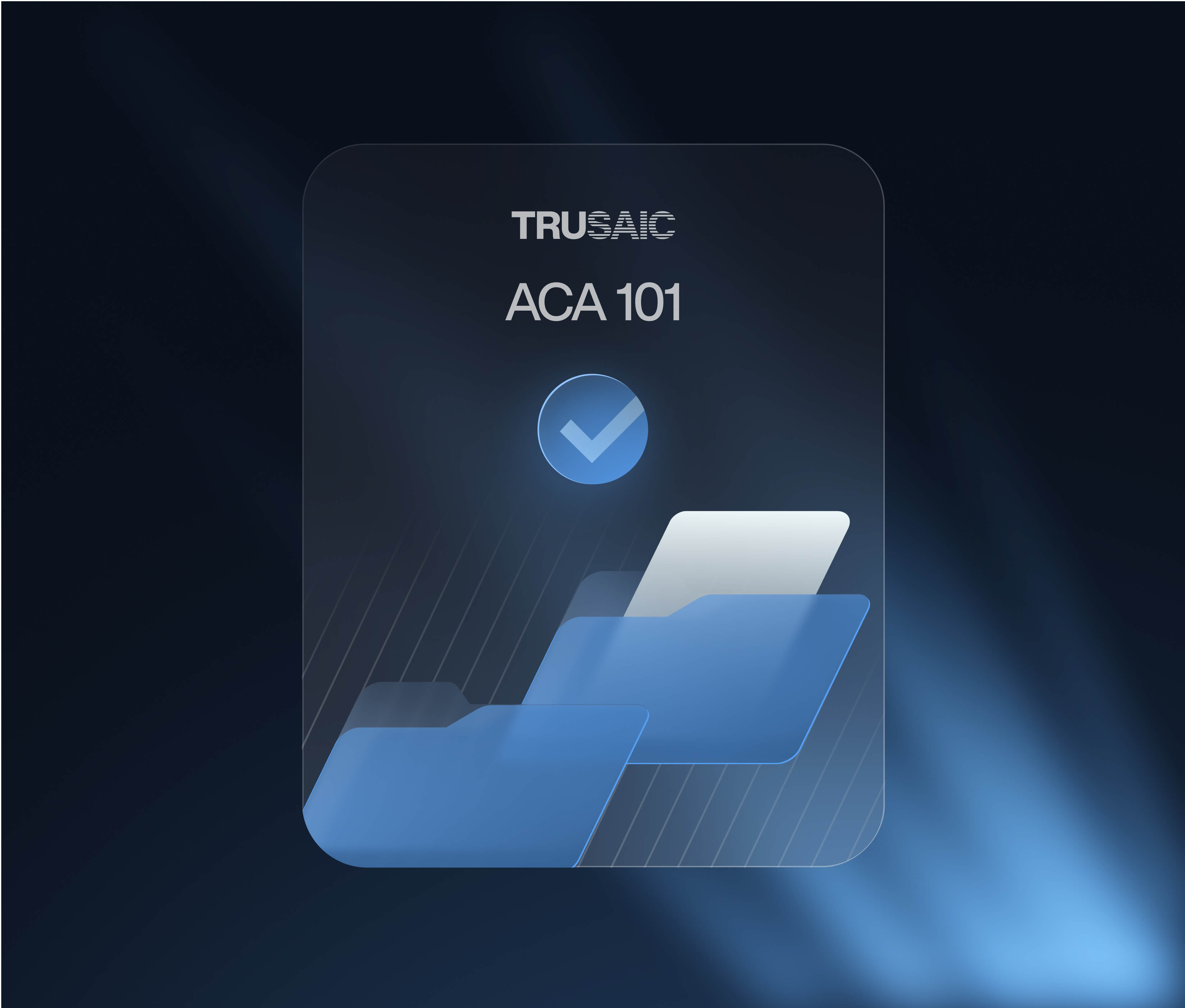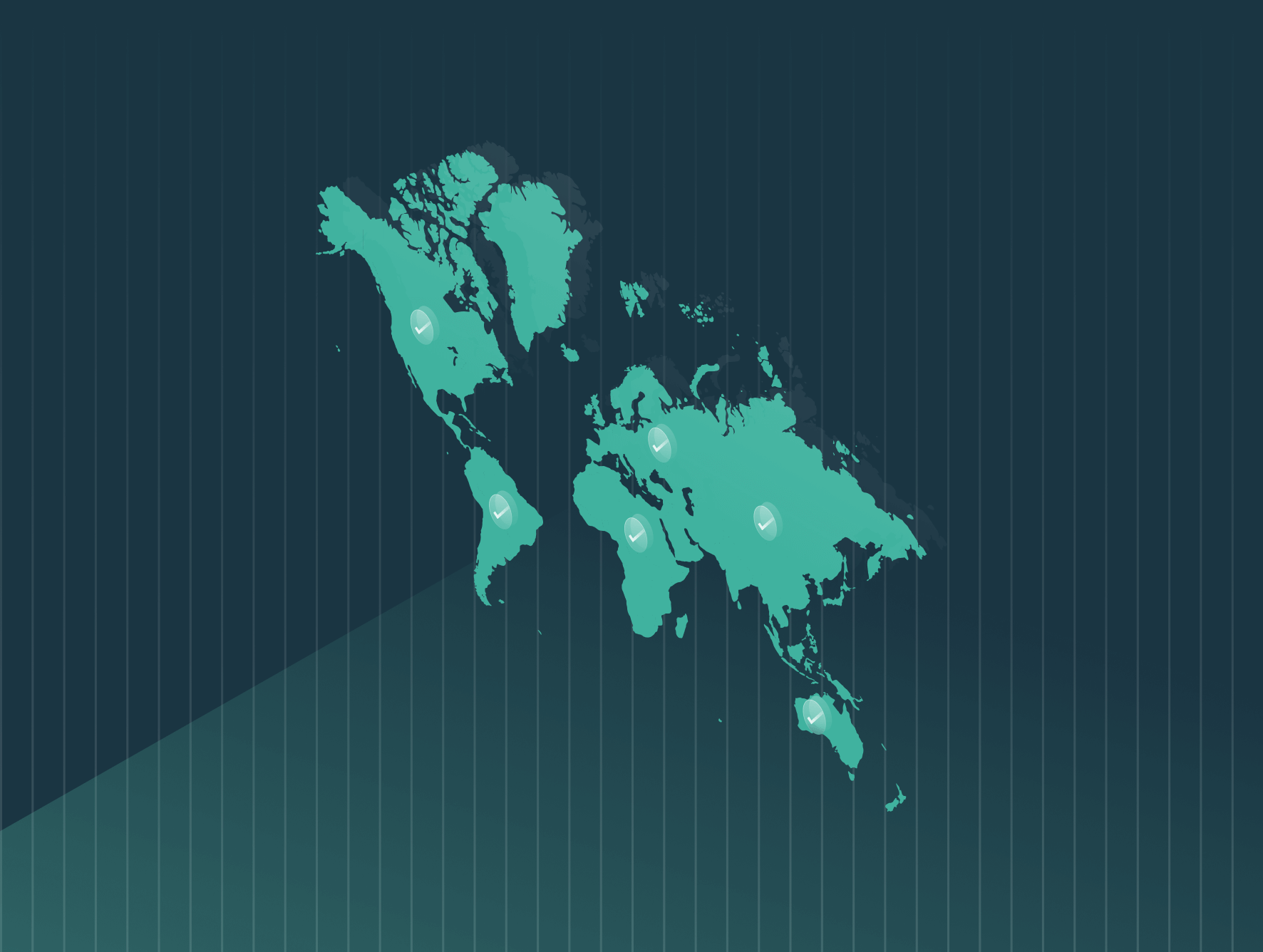According to a report from The Josh Bersin Co., communicating clearly about pay equity is nearly 13 times as important for employee retention and engagement as talking about “high levels of pay and benefits.”
Equity Matters More Than High Pay and Great Benefits
Provided with a list of 84 employee experience strategies, respondents ranked “fair and equitable rewards” at #5 and “above-average compensation and benefits” at #75. That’s a significant distinction, but when you think about it, it makes good sense.
Employees obviously want to know that they are being paid fairly for the value and commitment they bring to an organization compared to peers both inside and outside of their organization.
Unfortunately, while the concept of “equal pay for equal work” may seem pretty straightforward, most companies struggle to meet this goal. According to Bersin’s research, while 71% of executives say that pay equity is a critical component of their business and people strategy, 95% of companies are failing to achieve pay equity maturity.
That’s a startling statistic.
In addition, only 21% of companies appear to listen to employee feedback related to pay equity. Only 15% are willing to communicate the required information to address the pay equity issue.
Minimizing pay gaps that exist between certain employee demographics—male and female employees, for instance—requires a concerted effort, awareness, and communication. As Rosalind Chow points out in a post on LinkedIn: “If you want to reduce the overall gender pay gap, tell recruiters that #HR departments are all actively striving to address gender pay gaps. The first message is about #awareness; the second message is about desired outcomes.”
Chow points to a study demonstrating that when HR professionals are reminded of these gaps and told to treat men and women equally, they made equivalent offers. But, when told that pay equality is a desired outcome, they made higher offers to women. She says, “thinking about reducing the gender pay gap overall reverses the previously pro-male bias HR recruiters had to a pro-female bias.”
Why Pay Disparities Exist
There are a number of reasons often cited for why pay disparities exist within organizations—from women being less likely to negotiate for higher starting salaries, to women being more likely to take time off from their careers to attend to family responsibilities.
Other factors may also be at foot. According to Mercer, these include:
- Disparities in performance ratings which have a particular impact on Black employees
- Being in pivotal “accelerator roles”—like supervisory or customer-facing positions; roles that women and people of color (POC) are less likely to hold
- Working part-time or remotely, which women are more likely to do
- Making frequent lateral moves to other areas of the company or other geographies, which women are less likely to do
- Reporting to higher-level or high-performing supervisors who have more “clout.” Again women and POC are less likely than male and white colleagues to do so.
Despite the many reasons why disparities may exist, there is increasing pressure on many fronts to minimize or eliminate these disparities, including states like California, Colorado, New York, and a number of others taking steps to require pay transparency and pay data reporting.
If employers aren’t prompted to achieve pay equity and transparency based on employee sentiment, these laws are likely to drive some positive action. And there’s another reason to close the gender pay gap. According to Moody’s: “Closing the gender gap in labor force participation and the gender gap in management in OECD countries can raise global economic activity by approximately 7%, or about $7 trillion in today’s dollars.”
Closing the pay gap positively impacts businesses’ bottom lines.
Trusaic PayParity can help. With PayParity organizations can view their compensation data to identify disparities based on gender, race/ethnicity, age, disability and more. They can measure progress in real time and make course corrections as necessary. It’s a solution that’s having significant impacts on companies’ abilities to measure and manage pay disparities in meaningful ways. Contact Trusaic to see how we can help your organization achieve pay equity.








